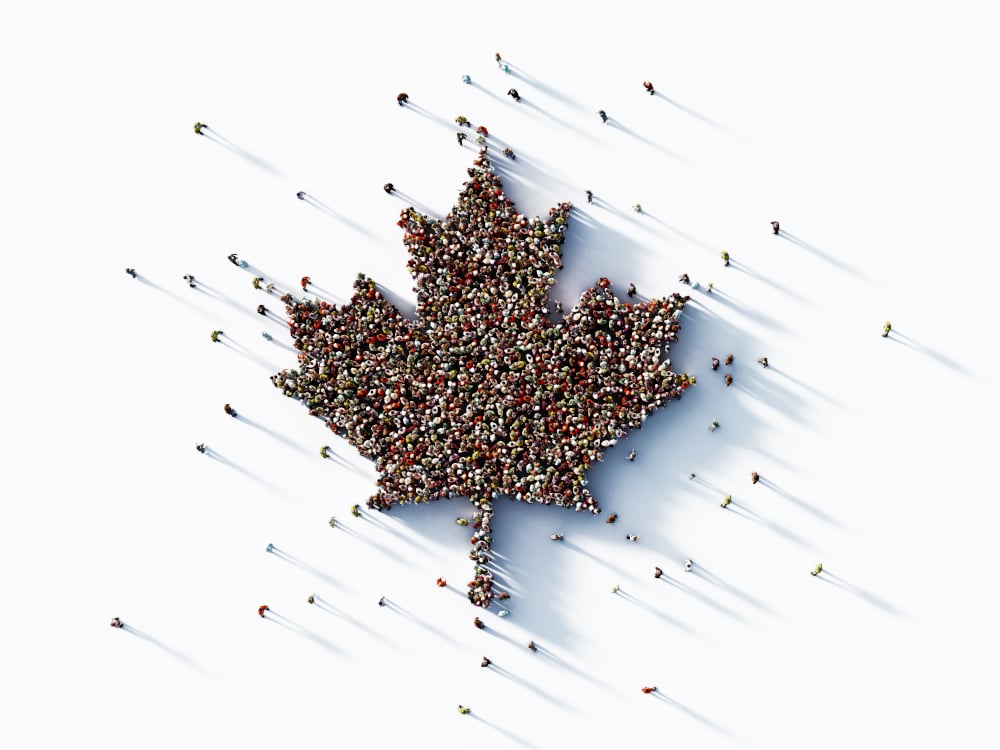Seed systems play a vital role in ensuring the quality and integrity of agricultural products. Canada’s Canadian Food Inspection Agency (CFIA) is working to modernize its seed regulatory system, so commissioned a benchmarking study to examine seed systems in various countries and assess their effectiveness.
Conducted by John Groenewegen of JRG Consulting, the study aimed to provide valuable insights into seed systems and facilitate discussions within the seed regulatory modernization efforts. The study’s findings shed light on the diverse approaches and benefits associated with seed system coordination, as well as the potential challenges of having a single stakeholder group in charge of seed certification.
Understanding the Purpose and Scope of the Study
The primary objective of the CFIA benchmarking study was to gain a comprehensive understanding of seed systems operating in different countries. The study focused on six countries: the United States, the Netherlands, New Zealand, the United Kingdom, the European Union (EU), and Uruguay. These countries were selected by the Seed Section of CFIA to offer a representative sampling of seed systems worldwide.
The central purpose of the study was to provide an overview of the various seed systems in these countries and create an informational foundation to facilitate productive discussions within the seed regulatory modernization and working groups. By examining the organization, coordination, and regulatory frameworks of seed systems across different nations, the study aimed to identify best practices, challenges, and opportunities for improving the Canadian seed regulatory landscape.
Key Insights from Different Seed Systems
The benchmarking study yielded valuable insights into the seed systems of the countries under review. Notably, the study found that in most cases, the seed value chain is responsible for coordinating the seed system. Each country exhibited unique features and mechanisms for achieving effective coordination within their seed systems. Let’s explore some of the significant insights from the study:
- United States: In the United States, federal seed law exists alongside state-level regulations. The Association of Official Seed Certifying Agencies (AOSCA) sets standards, and seed certification is managed at the state level, offering flexibility based on state requirements. This approach caters to regional variations while ensuring compliance with federal regulations.
- The Netherlands: The Dutch seed system was developed in collaboration with industry, specifically the group NAK, in the early 1900s to support seed certification for exports. The government’s involvement was later introduced to align with broader European regulations. This collaborative approach allowed for flexibility and consensus-driven decision-making, where industry-led changes were implemented as long as they complied with international standards.
- New Zealand: The New Zealand seed system is governed by the New Zealand Seed Authority, which comprises representatives from all segments of the seed value chain. Consensus-based decision-making allows for swift implementation of changes, provided they adhere to international seed standards. The system also distinguishes between certified and common seed, with the latter following internal quality assurance mechanisms.
- United Kingdom: The UK’s seed system aligns with European Union requirements due to its membership in the EU. The National Institute for Agricultural Botany (NIAB) coordinates the system, with industry representation across the value chain. Flexibility in the system’s structure, stemming from industry-driven decision-making, enables swift adaptation to changes.
- Uruguay: Uruguay’s seed system is relatively new, with the National Institute for Seed (INASE) playing a pivotal role in developing the industry. Industry-driven changes are recommended and subject to government implementation, allowing for responsive adaptations to emerging needs.
The Importance of Representing the Entire Value Chain
One recurring theme across successful seed systems is the inclusion of representatives from all segments of the seed value chain. These diverse bodies ensure that decisions are made with the interests of all stakeholders in mind. This collaborative approach, where industry bodies identify changes and drive consensus, empowers the seed systems to adapt quickly while maintaining compliance with international standards.
The study also delves into the necessity of seed certification and quality assurance systems. While seed certification is vital for international trade, particularly in countries with export-driven agriculture, the study underscores the importance of quality assurance for both domestic and international markets.












